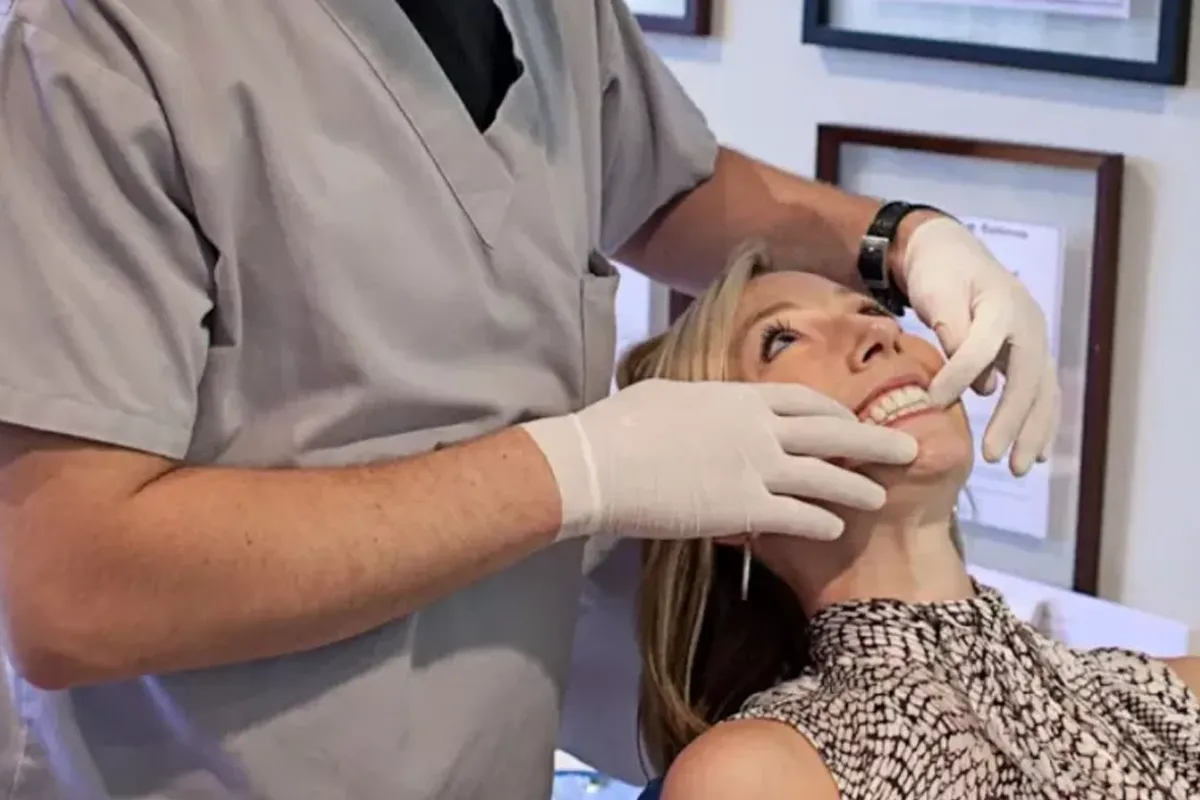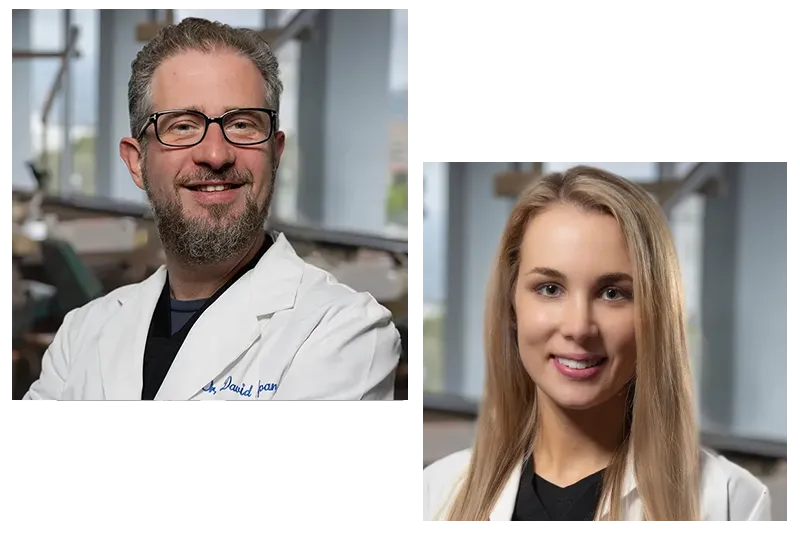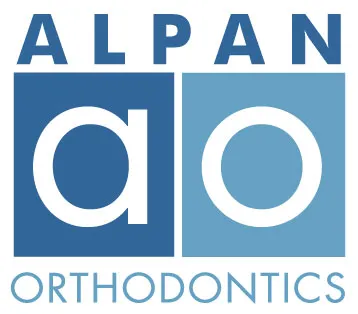TMJ + TMD Treatment in Los Angeles

You Don’t Need to Live In Constant Discomfort!
Experiencing jaw grinding, clicking, or popping noises during mouth movements, difficulty in fully opening the mouth for activities like speaking, yawning, or chewing, as well as sensations of jaw locking or stiffness, can all indicate temporomandibular joint (TMJ) issues. Additionally, discomfort or pain when biting and chewing, accompanied by sensations of tension or ache in the neck, shoulders, or ears, and recurrent headaches are common symptoms associated with TMJ disorders. These symptoms can significantly impact daily activities and overall quality of life, necessitating prompt evaluation and appropriate treatment to alleviate discomfort and restore jaw function.

An Orthodontic Team You Can Rely On
The technology used by our doctors to diagnose and treat TMJ/TMD signs and symptoms was developed in the 1960’s by Bernard Jankelson, DDS, in Seattle, Washington. Dr. Jankelson developed the Myomonitor, an electronic device, to assist TMJ Therapy. He then founded Myotronics, the organization that continues to educate dental and medical professionals about diagnosing and treating these disorders. Robert Jankelson, DDS, continues the work of his father in Myotronics where they continue researching and developing newer and better technologies for TMJ/TMD diagnosis and treatment.
It’s Easy to Live Better
Dr. David Alpan began to formulate his own TMJ treatment, based on his father’s success with Dr. Jankelson’s technology. Dr. Alpan was also mentored and influenced by Dr. Chase at the University of the Pacific (UOP) School of Dentistry in San Francisco. Dr. Alpan attended many postgraduate classes at Myotronics and earned the Master of Science in Dentistry (MSD) degree for writing his Master’s Thesis on TMD research during his two year orthodontic specialty training at UOP School of Dentistry. He has been practicing TMJ therapy in private practice since 1999, when he founded Alpan Orthodontics in Los Angeles & Century City.

Step 1. Discover
Call our Los Angeles office to schedule a one-on-one consultation.

Step 2. Relax
We’ll implement the best TMJ/TMD treatment plan and an ongoing strategy for any future needs.

Step 3. Smile
You can smile knowing that you’ll enjoy your life without frequent headaches, jaw pain, or discomfort.

Meet Our Doctors
Welcome to Alpan Orthodontics, the leading orthodontic practice in Los Angeles, Century City, and Woodland Hills. At Alpan Orthodontics, you’ll find a dedicated team of experienced professionals led by Dr. Alpan, who is renowned for his expertise in orthodontics. Our team is passionate about providing personalized, state-of-the-art orthodontic care in a warm and welcoming environment. Whether you’re seeking traditional braces or innovative Invisalign treatment, Alpan Orthodontics offers a range of options to suit your needs, and the team to make it all happen.


